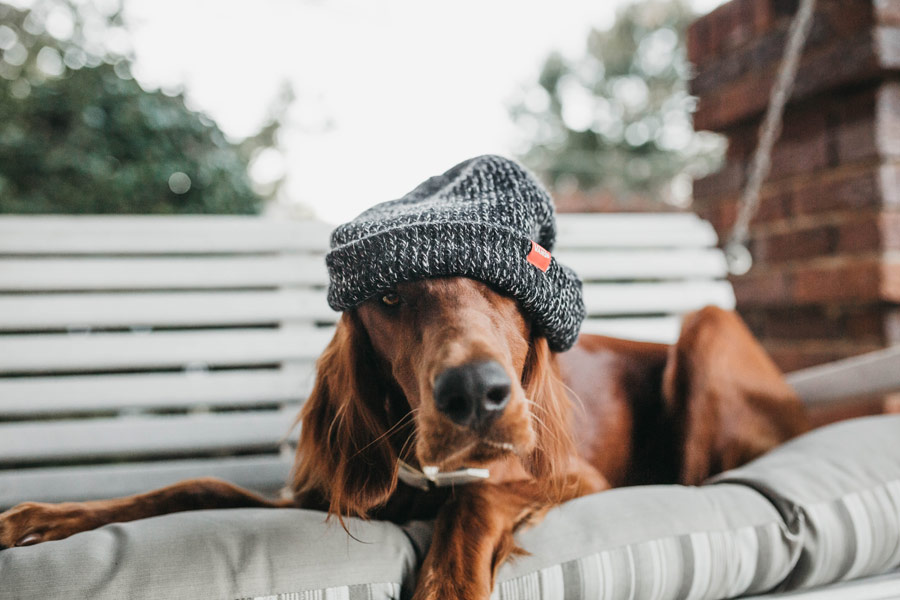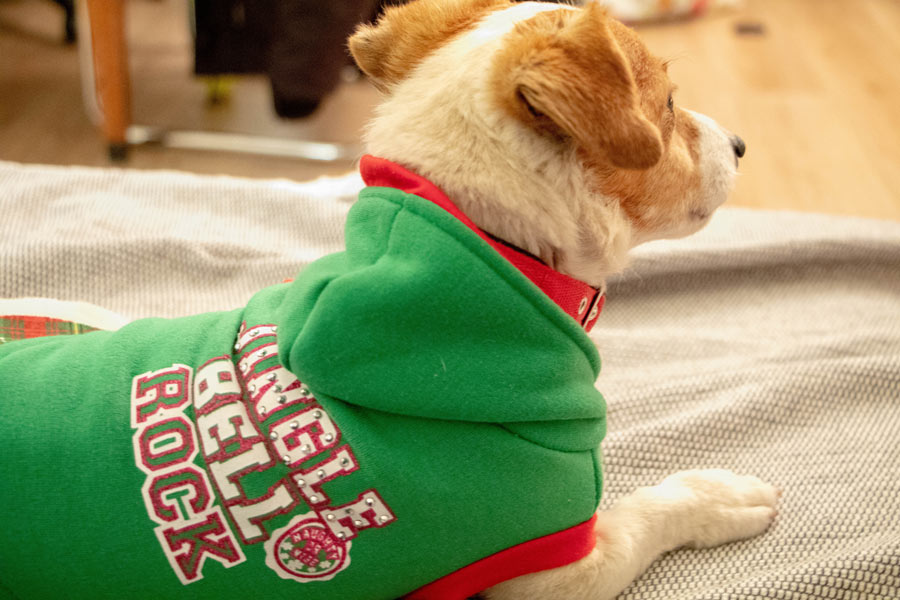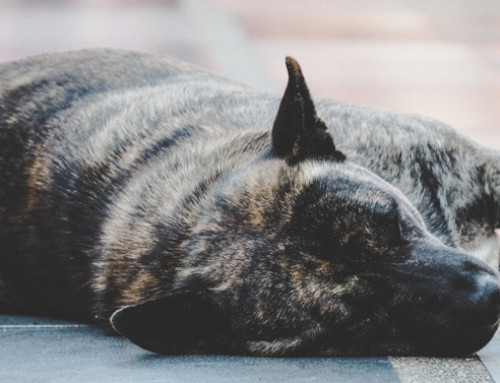Whether it’s a winter conscious diet or a warming winter wardrobe, as pet parents you can keep tails wagging this chilly season providing you clue up on winter pet safety.
Winter storms, cold winds, and above-average rainfall put pets at greater risk of thunder-related anxiety and hypothermia. Thankfully, there are steps you can take to protect the health and wellbeing of your fur pal during the winter months.
Winter pet safety tips
PETstock vet Dr Sasha Nefedova advises that for any animal that already suffers from anxiety the added element of bad winter weather—such as severe winds, a loud thunderstorm or noisy rain—will be difficult.
“Symptoms of anxiety in pets include trembling, licking of lips, pacing, increased drooling or salivation, shaking or a decrease in appetite.” Dr Nefedova offers the following advice.
Storm ready
Pets, particularly dogs and cats, can feel highly stressed and anxious in the lead up and during a thunderstorm. In some cases, pets may show destructive behaviours, such as barking, scratching, or chewing, in response to a thunderstorm.
It’s important to keep a close eye on your furry friend before and during a thunderstorm. If any symptoms present themselves, you can take the correct preventative measures to help keep your pet at ease.
Dr Nefedova says, “As a pet owner, it’s important to take active steps towards ensuring your pet is physically and mentally safe should a storm strike. There are several ways to prepare your pet for a thunderstorm.
“Taking your dog for a walk before a thunderstorm will tire them out both mentally and physically. This helps to act as a natural calming aide so your pet feels more relaxed before a storm rolls in.
“Thunderstorms can make pets feel stressed or anxious; so it is important to reward calm behaviour all year round, even on clear days, so that your pet can feel settled on command. Giving your pet treats and praise when they are laying down calmly means they will associate this behaviour with being rewarded and more likely to feel encouraged to continue this behaviour during a thunderstorm.”
Comforting frightened cats and dogs
There are many ways pet owners can comfort their pets during noisy, high winds, torrential rain or thunderstorms.
“Some pets that feel anxious respond well to music being played. Calming music is an effective distraction from the noise of a thunderstorm. Playing calming music on days where there is no thunderstorm will create a sense of familiarity with your pet when it is played during a thunderstorm. This will offer a sense of comfort and hopefully work towards desensitising your pet to the sounds of a storm,” explains Dr Nefedova.
“An easy and effective way of reducing a pet’s anxiety or stress during bad weather is to close the blinds. In the eyes of your pet, this forms a protective barrier between them and the threatening weather outdoors.”
Another way to reduce your pet’s anxiety and provide comfort is through distraction. Enrichment toys, such as Kongs, food puzzles, or calming chews help to keep pets mentally and physically occupied during bad winter weather.
“Pet owners are advised to chat with their local vet about additional techniques to assist pets with extreme thunderstorm associated anxiety,” adds Dr Nefedova.
Preventing hypothermia
Given that in Australia we’re lucky to have fairly warm weather most of the year, it’s easy to forget about the threat of hypothermia. However, when the thermometer drops, be aware that your dog or cat may need some extra help to stay warm.
“Pets should have the option to come indoors in winter and not spend too much time outdoors in the cold. Some pets are more physically prepared for colder weather than others. For example, a Husky, will fare better in the cold than a Yorkshire Terrier,” says Dr Nefedova.
“Pet owners should use their common sense and look out for the tell-tale signs of discomfort, including shaking, barking and whining — which could all be signs that your pet is too cold. Rabbits and Guinea pigs living in animal hutches should be brought indoors or to a dry and secure location, such as the garage or laundry.”
Cold-season wardrobe
You might not associated fashion with winter pet safety, but it’s worth considering whether your cat or dog might benefit from an extra wooly layer!
“Despite the change in weather, our furry friends still require regular daily exercise to keep in shape. A warm winter jumper or coat can keep them cosy on their winter walks and keep them snug throughout the day,” says Dr Nefedova.
Winter-proof your pet’s diet
Another element of winter pet safety is ensuring your cat or dog is eating a healthy and nutritious diet.
“Pets need a well-balanced diet and it’s particularly vital to maintain a healthy weight for your pet over the cooler months. If your cat or dog is overweight, it can lead to severe health conditions such as heart disease, joint problems and arthritis, respiratory problems, diabetes, skin issues and even premature ageing,” advises Dr Nefedova.
“Ensuring your pet has a nutritious diet and regular exercise are key factors in maintaining their healthy weight. While you may want to spoil your pet and give them extra treats while spending more time indoors, over-feeding could cause weight gain or other health-related issues. If you want to feed extra treats to your pet throughout the day, assess how much you’re feeding them and give them less food at mealtimes to balance out the treats.”
Keep a close watch on your pet’s health
Winter pet safety and healthcare go hand in hand. After all, the colder it gets, the harder your pet’s body needs to work to fend off illness as they are expending more energy trying to stay warm.
“If your pet has an underlying health condition, this is a particularly important time of year to go to the vets to get a regular health check-up,” says Dr Nefedova.
“Senior pets are particularly at risk, and the most common ailment we see in senior pets is arthritis. Older pets are more prone to having osteoarthritis in the joints and when the temperature drops these aches and pains can be much more painful than during other seasons. Be on the lookout for signs of pain in your pet.”
What actions do you take to keep your pet safe in winter?
Image source: Unsplash








Leave A Comment